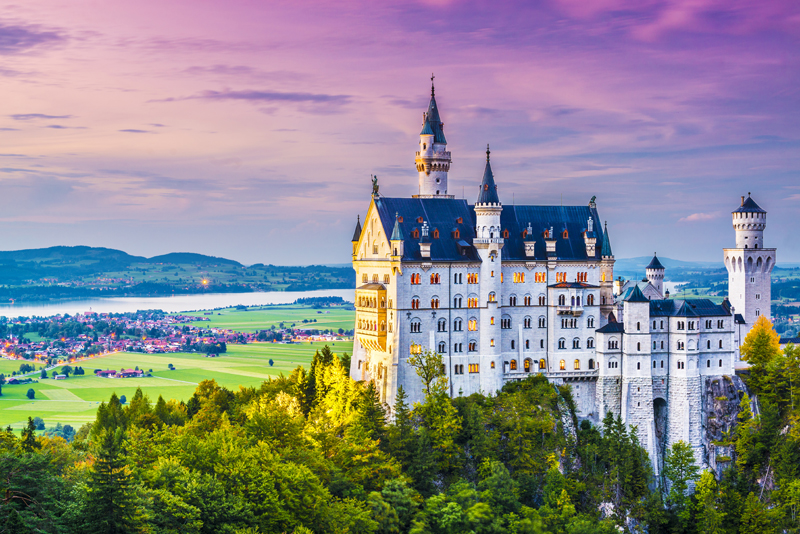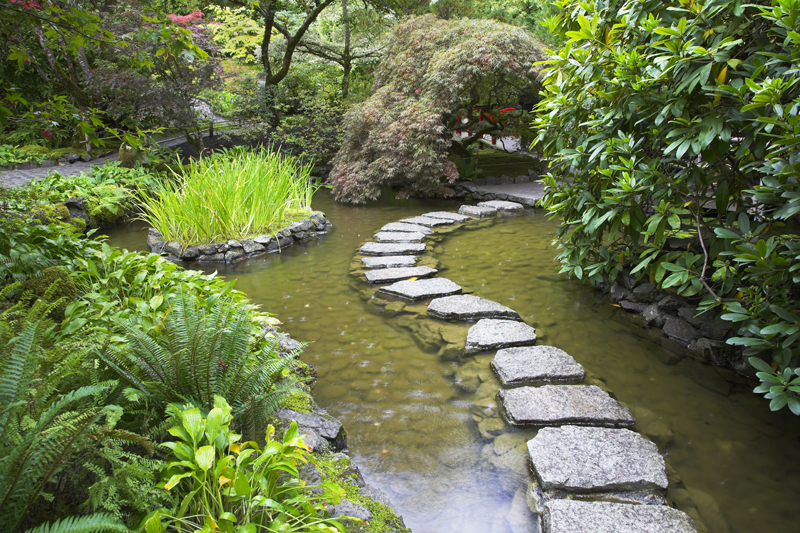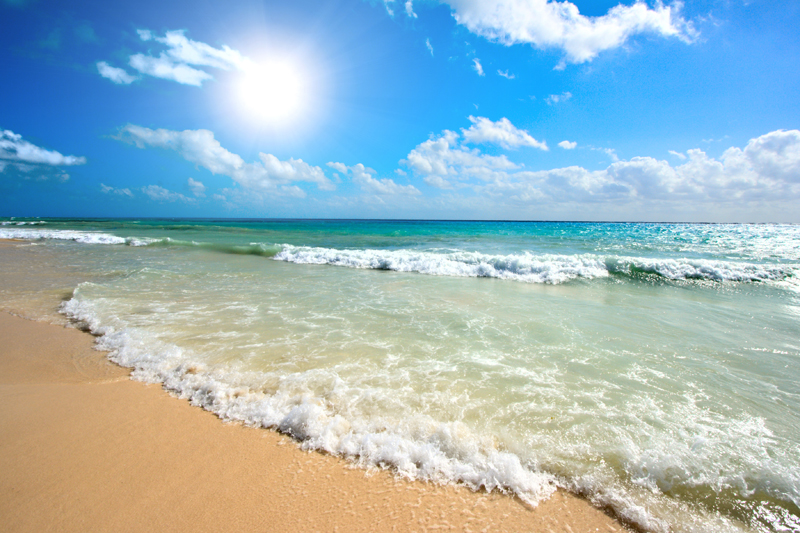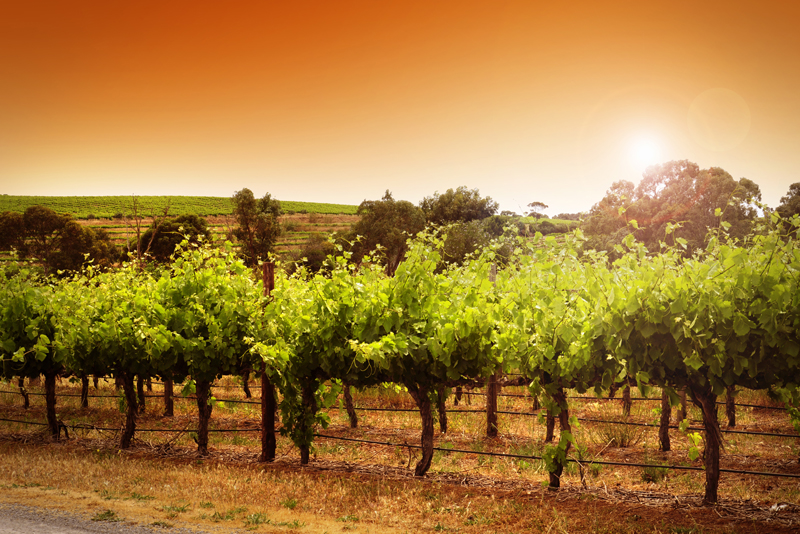Green Roofs
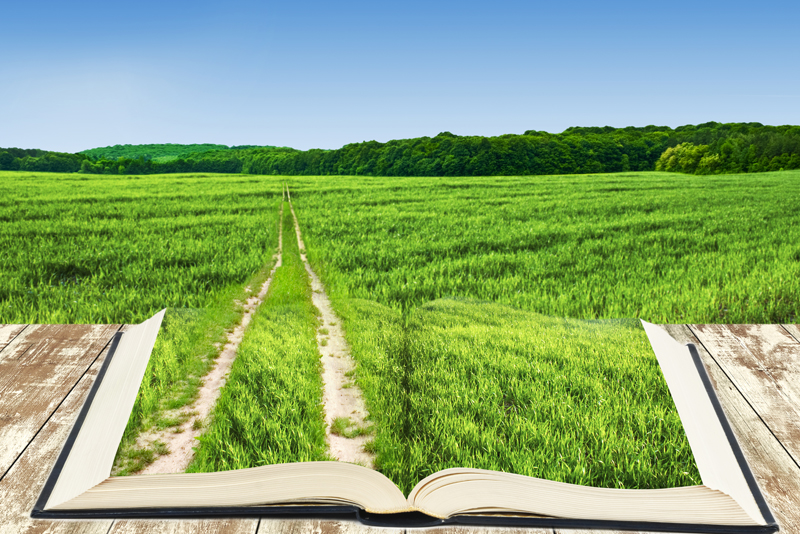
Green roofs, also known as living roofs, are becoming increasingly popular in urban areas due to their environmental, economic, and aesthetic benefits. These roofs, covered with vegetation and soil or a growing medium, help improve air quality, enhance energy efficiency, and reduce urban heat island effects. As cities strive for sustainable solutions, green roofs offer a viable way to integrate nature into the built environment.
A green roof is a roof that is partially or fully covered with vegetation, planted over a waterproofing system. These roofs provide insulation, reduce stormwater runoff, and contribute to urban biodiversity. They can be installed on both residential and commercial buildings.
Improved Air Quality: Plants on green roofs absorb pollutants and carbon dioxide while releasing oxygen.
Stormwater Management: Green roofs reduce runoff by absorbing rainwater, preventing urban flooding.
Urban Heat Island Reduction: Green roofs cool down cities by providing natural insulation and reducing heat absorption.
Biodiversity Support: They create habitats for birds, bees, and other pollinators, promoting urban wildlife.
Energy Efficiency
Green roofs improve insulation, reducing the need for heating in winter and cooling in summer.
This can lower energy bills and make buildings more energy-efficient.
Economic Advantages
Increased Property Value: Buildings with green roofs are attractive to buyers and tenants.
Extended Roof Lifespan: Green roofs protect the roofing membrane from extreme weather, extending its life.
Potential Tax Incentives: Many cities offer incentives or rebates for installing green roofs.
Aesthetic and Psychological Benefits
Green roofs enhance building aesthetics, making spaces more visually appealing.
They create relaxation areas and improve mental well-being by providing access to nature.
Types of Green Roofs
Extensive Green Roofs
Lightweight and require minimal maintenance.
Feature drought-resistant plants such as sedum and moss.
Ideal for residential buildings and areas with structural weight limitations.
Intensive Green Roofs
Heavier and require deeper soil layers.
Can support larger plants, shrubs, and even small trees.
Often used in commercial buildings and rooftop gardens.
Semi-Intensive Green Roofs
A mix of extensive and intensive green roofs.
Allows for a greater variety of plants while being lighter than intensive roofs.
Suitable for urban spaces where a combination of aesthetics and sustainability is needed.
How to Install a Green Roof
Step 1: Structural Assessment
Consult with a structural engineer to determine if your roof can support the additional weight.
Ensure the roof can handle soil, water retention, and plant load.
Step 2: Waterproofing and Drainage Layer
Install a high-quality waterproof membrane to prevent leaks.
Add a drainage layer to channel excess water away while keeping the soil moist.
Step 3: Growing Medium and Soil
Choose a lightweight, well-draining soil mix designed for rooftop vegetation.
The depth of soil depends on the type of green roof being installed.
Step 4: Plant Selection
Choose plants based on climate, roof type, and maintenance needs.
Extensive Roofs: Sedum, mosses, and drought-resistant grasses.
Intensive Roofs: Perennials, shrubs, and small trees.
Step 5: Irrigation System (If Needed)
Extensive green roofs may not require irrigation, but intensive ones do.
Drip irrigation or rainwater collection systems can help maintain plant health.
Green roofs are an excellent solution for sustainable urban development, offering environmental, economic, and aesthetic benefits. Whether you are a homeowner, business owner, or city planner, investing in a green roof can enhance property value, reduce energy costs, and contribute to a greener future.
A green roof is a roof that is partially or fully covered with vegetation, planted over a waterproofing system. These roofs provide insulation, reduce stormwater runoff, and contribute to urban biodiversity. They can be installed on both residential and commercial buildings.
Improved Air Quality: Plants on green roofs absorb pollutants and carbon dioxide while releasing oxygen.
Stormwater Management: Green roofs reduce runoff by absorbing rainwater, preventing urban flooding.
Urban Heat Island Reduction: Green roofs cool down cities by providing natural insulation and reducing heat absorption.
Biodiversity Support: They create habitats for birds, bees, and other pollinators, promoting urban wildlife.
Energy Efficiency
Green roofs improve insulation, reducing the need for heating in winter and cooling in summer.
This can lower energy bills and make buildings more energy-efficient.
Economic Advantages
Increased Property Value: Buildings with green roofs are attractive to buyers and tenants.
Extended Roof Lifespan: Green roofs protect the roofing membrane from extreme weather, extending its life.
Potential Tax Incentives: Many cities offer incentives or rebates for installing green roofs.
Aesthetic and Psychological Benefits
Green roofs enhance building aesthetics, making spaces more visually appealing.
They create relaxation areas and improve mental well-being by providing access to nature.
Types of Green Roofs
Extensive Green Roofs
Lightweight and require minimal maintenance.
Feature drought-resistant plants such as sedum and moss.
Ideal for residential buildings and areas with structural weight limitations.
Intensive Green Roofs
Heavier and require deeper soil layers.
Can support larger plants, shrubs, and even small trees.
Often used in commercial buildings and rooftop gardens.
Semi-Intensive Green Roofs
A mix of extensive and intensive green roofs.
Allows for a greater variety of plants while being lighter than intensive roofs.
Suitable for urban spaces where a combination of aesthetics and sustainability is needed.
How to Install a Green Roof
Step 1: Structural Assessment
Consult with a structural engineer to determine if your roof can support the additional weight.
Ensure the roof can handle soil, water retention, and plant load.
Step 2: Waterproofing and Drainage Layer
Install a high-quality waterproof membrane to prevent leaks.
Add a drainage layer to channel excess water away while keeping the soil moist.
Step 3: Growing Medium and Soil
Choose a lightweight, well-draining soil mix designed for rooftop vegetation.
The depth of soil depends on the type of green roof being installed.
Step 4: Plant Selection
Choose plants based on climate, roof type, and maintenance needs.
Extensive Roofs: Sedum, mosses, and drought-resistant grasses.
Intensive Roofs: Perennials, shrubs, and small trees.
Step 5: Irrigation System (If Needed)
Extensive green roofs may not require irrigation, but intensive ones do.
Drip irrigation or rainwater collection systems can help maintain plant health.
Green roofs are an excellent solution for sustainable urban development, offering environmental, economic, and aesthetic benefits. Whether you are a homeowner, business owner, or city planner, investing in a green roof can enhance property value, reduce energy costs, and contribute to a greener future.

Related Articles
Editor's Picks Articles
Top Ten Articles
Previous Features
Site Map
Content copyright © 2023 by Farjana Amin. All rights reserved.
This content was written by Farjana Amin. If you wish to use this content in any manner, you need written permission. Contact Farjana Amin for details.



